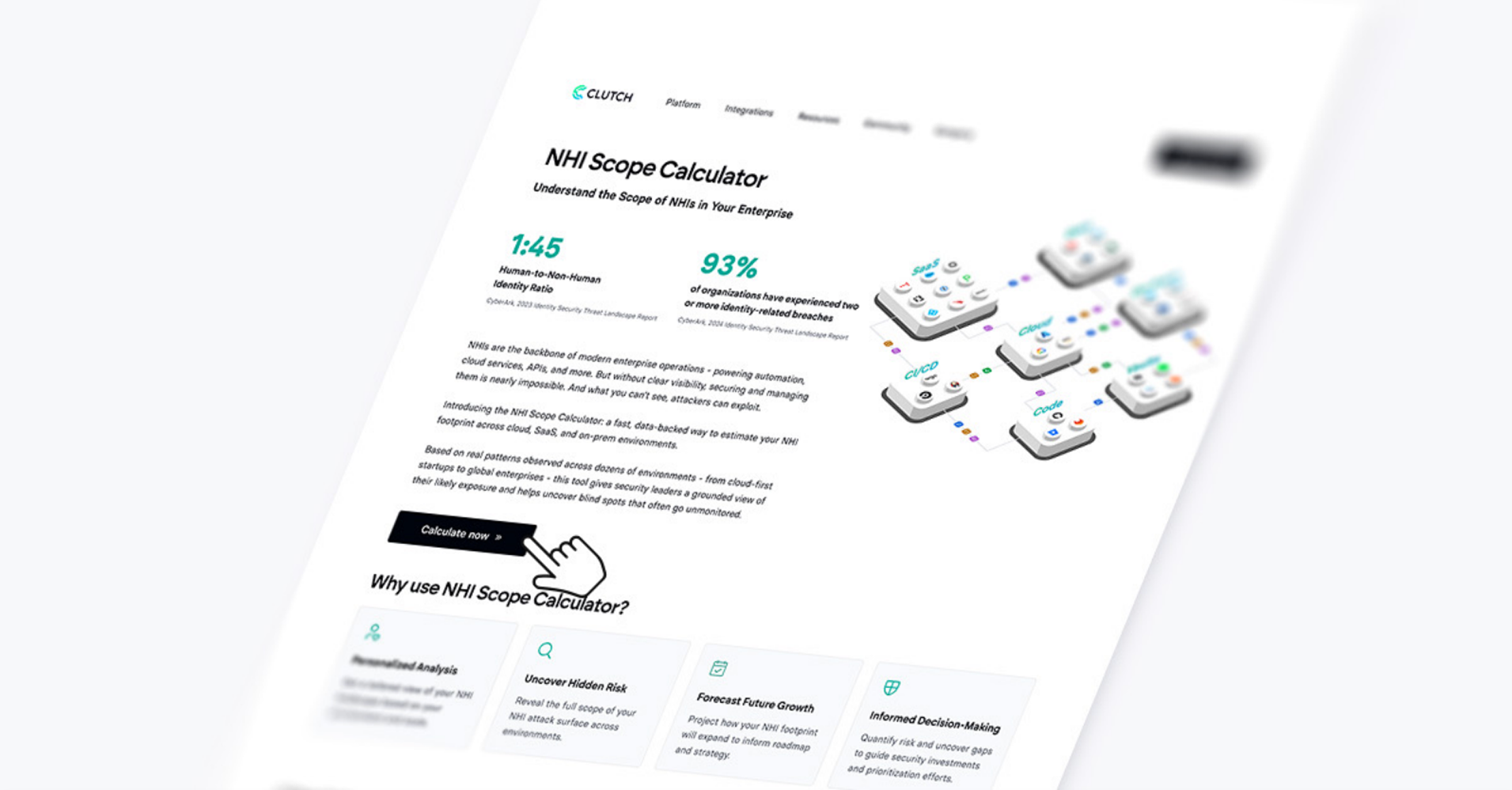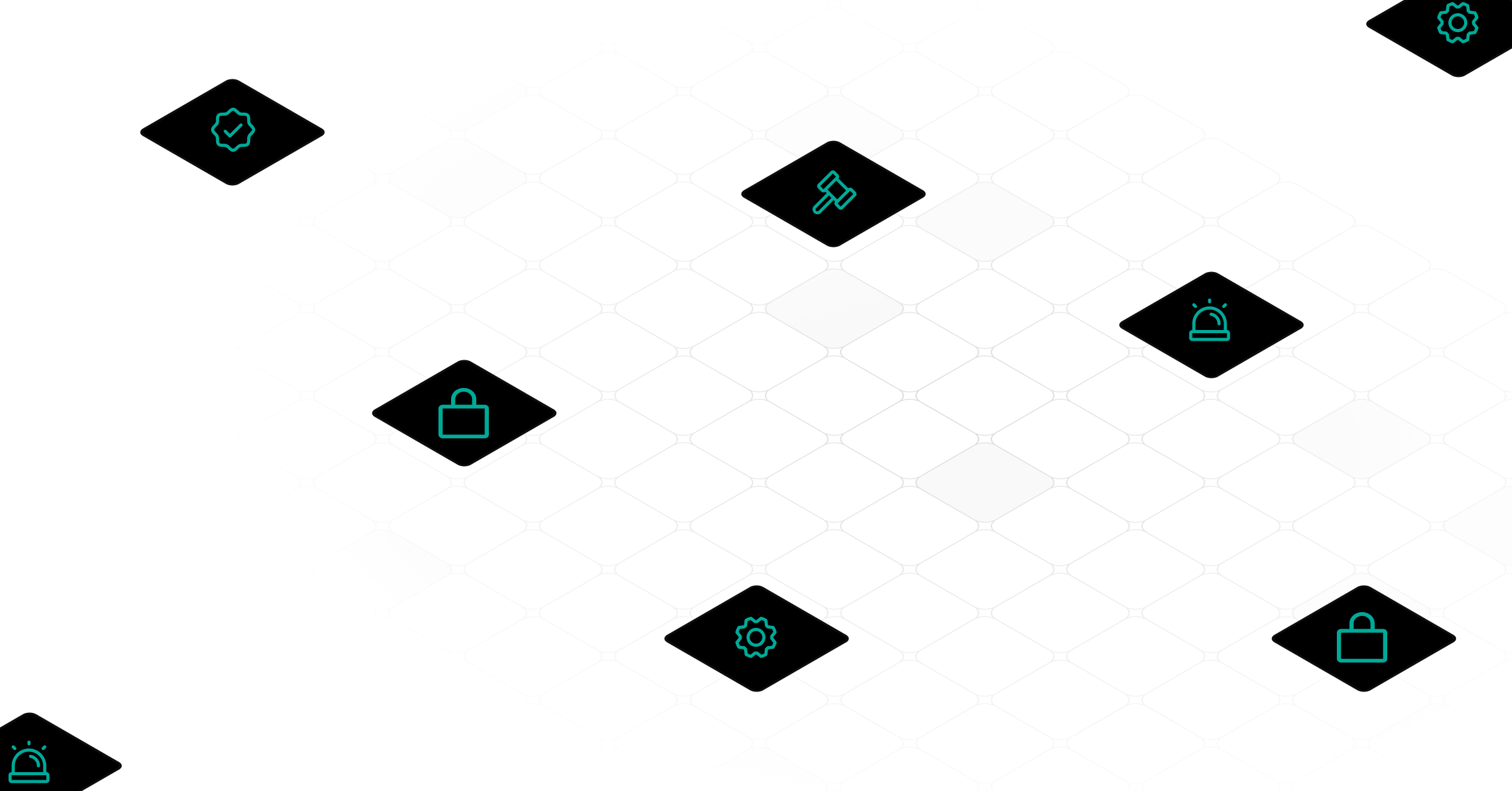In the ever-evolving landscape of cybersecurity, the phrase "the map is not the territory" holds profound significance. A map represents an interpretation of the land, while the territory is the reality we must navigate—highlighting the distinction between our beliefs and the actual challenges we face. For security professionals tasked with protecting Non-Human Identities (NHIs) across diverse environments—cloud, on-premises, SaaS, and beyond—this metaphor is especially relevant. It serves as a critical reminder that relying solely on environment-specific security measures can create a false sense of security. While traditional security tools offer insights focused on specific environments or infrastructures, they fail to address the broader, interconnected landscape where NHIs operate. This oversight leaves organizations vulnerable to sophisticated attacks that can exploit these critical blind spots.
The Illusion of Comprehensive Security - The Cloud Example
As technology evolves, so too does the emergence of security solutions designed to protect these advancements. Take the cloud as an example—cloud adoption has surged to unprecedented heights in recent years, placing cloud security tools and categories at the forefront of security teams' agendas. The Cloud-Native Application Protection Platform (CNAPP) concept, which initially focused on strengthening posture management by preventing misconfigurations and enforcing best practices, has expanded into several specialized categories: Cloud Security Posture Management (CSPM), Cloud Workload Protection Platform (CWPP), and Cloud Infrastructure Entitlement Management (CIEM). Additionally, categories like Data Security Posture Management (DSPM) and Cloud Detection and Response (CDR) have emerged, together forming the core pillars of a robust cloud security program.
Similarly, tools focused on SaaS and Application Security, such as SaaS Security Posture Management (SSPM) and Application Security Posture Management (ASPM), have become increasingly prevalent, complementing traditional measures like network and endpoint security. However, while these solutions provide granular control and monitoring within specific environments, they often operate in silos. This isolated focus creates an illusion of comprehensive security, akin to a map of a single neighborhood that fails to represent the entire city. As a result, critical gaps remain unaddressed, particularly as NHIs move across different environments. This fragmentation highlights the necessity for a more holistic, identity-centric approach to security—one that can seamlessly protect assets across all terrains.
The Dynamic Nature of NHIs
NHIs, such as API keys, tokens, secrets, service accounts, and certificates, are not static entities confined to one environment. They regularly interact with multiple systems across cloud services, SaaS platforms, on-premises infrastructure, and data warehouses. Additionally, NHIs are often distributed across code repositories and CI/CD pipelines, which themselves may span diverse terrains. This interconnected nature of NHIs is similar to a complex, sprawling network of highways connecting different parts of a city. Security measures that only protect these identities within a specific terrain fail to account for the risks that arise as NHIs move across these interconnected paths.
For example, an API key used in a SaaS application might interact with a cloud workload, a data warehouse, or even an on-premise application during its lifecycle. If security is only robust in the SaaS environment, but weaker or non-existent in the cloud or on-prem environments, attackers can exploit these gaps, compromising the NHI and, subsequently, the entire enterprise.
The Limitations of Terrain-Specific Tools
When it comes to NHI security, CSPM and SSPM tools are analogous to outdated maps that offer a snapshot of a single terrain without considering the dynamic movement of NHIs. While these tools might provide detailed visibility within their respective environments, they lack the ability to monitor and secure NHIs across the full spectrum of environments they traverse. This limitation leads to significant vulnerabilities. For instance, an organization might have rigorous access controls in place for cloud environments but lacks similar protections for NHIs when they interact with on-prem systems or third-party SaaS applications. This inconsistency creates strategic gaps that attackers can exploit, often moving laterally across environments to bypass defenses.
Moreover, terrain-specific tools such as CSPM or SSPM typically focus on configurations and known vulnerabilities within their environment. They often lack the interconnected context needed to understand how NHIs behave and interact across multiple environments, making it difficult to detect anomalous activities that signal a breach or malicious insider actions.
A closer look at the differences between NHIs in different terrains reveals that a more holistic approach is essential—not only to bridge the gaps created by a lack of interconnected visibility but also because they operate differently in each terrain and require dedicated expertise and strategies focused on the identities themselves rather than the environments they inhabit.
The Necessity of Following NHI
To truly secure NHIs, organizations must adopt an identity-centric approach that offers continuous visibility and control across all environments. This shift is akin to moving from a static, printed map of a single area to using a dynamic, real-time navigation tool like Waze or Google Maps. Unlike a map that only shows individual neighborhoods, these tools not only provide a comprehensive view of the entire interconnected city, but also constantly update to account for new roads, traffic patterns, and potential hazards.
An identity-centric approach involves continuous monitoring of NHIs across all terrains, ensuring that security policies are consistently enforced and risks are mitigated, no matter where an identity operates. To achieve this, security teams must focus on:
- Cross-Terrain Visibility: Establish a holistic view of NHIs as they interact with cloud services, on-prem systems, and SaaS platforms. This visibility must include detailed context, enabling an understanding of the permissions, roles, and access levels associated with each NHI, regardless of where it operates, as well as its storage locations and association with the workforce.
- Behavioral Analytics: Continuously monitor NHI behaviors across environments to identify patterns that deviate from the norm, which could indicate a compromised identity or insider threat.
- Contextual Access Control: Implement access controls that adapt based on the context of the NHI’s use, such as the environment it’s operating in, the resources it’s accessing, and the risk profile of the action being performed. This approach goes beyond static policies, allowing for dynamic adjustments that respond to real-time threats.
Moving Beyond Traditional Approaches
Traditional security tools like CSPM and SSPM, while necessary, are insufficient for real-time, cross-environment NHI security which require a holistic approach that transcends environment-specific controls. To navigate the full scope of the NHI landscape, organizations need platforms that deliver comprehensive visibility, adaptive security measures, and seamless integration across all environments. By transcending fixed security landscapes and embracing dynamic, real-time solutions, enterprises can protect their NHIs effectively, ensuring that no part of the digital territory is left unprotected.





